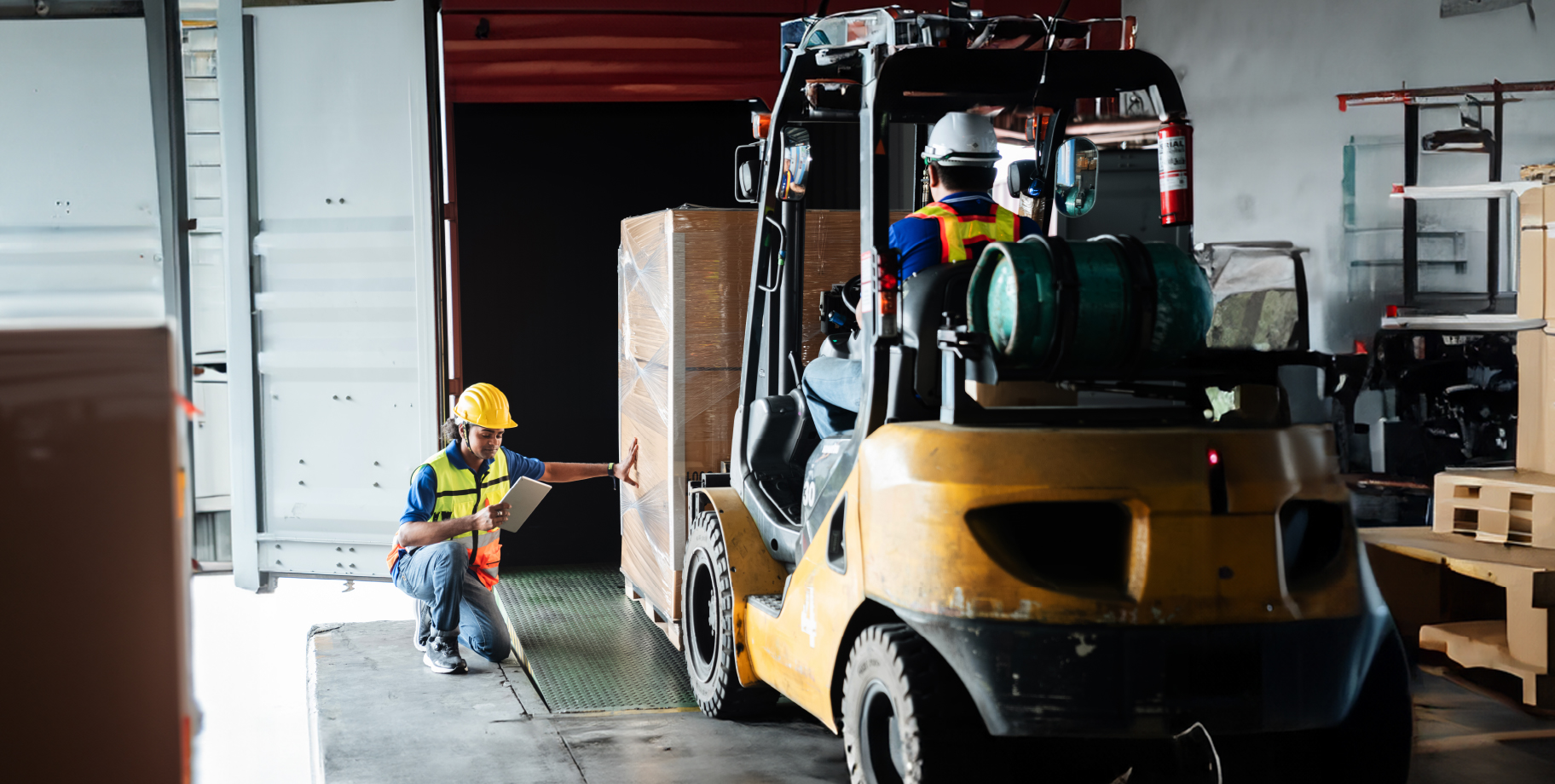Cross Docking vs. Transloading: Differences and Benefits
Jan 08, 2025
Cross Docking vs. Transloading: Differences and Benefits
Two key strategies that companies often employ to streamline their distribution operations are cross docking and transloading. While both methods aim to minimize handling and storage costs, they differ in their approach and application. In this blog, we identify key distinctions between cross docking and transloading and explore the benefits of each service.
What is Cross Docking?
Cross docking is a logistics strategy that shippers utilize to transfer incoming goods directly to outbound transportation with inbound and outbound transportation being at the dock at the same time. This method typically involves a distribution center or a terminal where products are sorted and consolidated for immediate shipment to the end destination, with no storage of goods necessary.
Benefits of Cross Docking
Reduced Inventory Holding Costs
One significant benefit of cross docking is the reduction in inventory holding costs for businesses. By minimizing the time spent in storage, companies can avoid additional expenses related to warehousing, such as rent, labor and utilities. For example, a retail company that operates on a just-in-time inventory model can benefit from cross docking by receiving products from suppliers directly onto outbound trucks for immediate delivery to stores, thus reducing the need for large warehouse facilities and associated holding costs.
Faster Delivery Times
Cross docking allows for quicker turnaround times in the distribution process, leading to faster delivery of products to customers. For instance, an e-commerce company can use cross docking to receive orders from multiple suppliers, consolidate them at a distribution center and quickly dispatch them to regional delivery hubs for timely delivery to end customers. This streamlined process can help businesses meet customer demand for fast shipping and enhance overall customer satisfaction.
Streamlined Distribution
The consolidation and sorting of products in a cross dock warehouse facilitate more efficient distribution processes. By grouping products destined for the same region or customers onto the same outbound trucks, companies can optimize transportation routes and reduce transportation costs. For example, a food manufacturer can use cross docking to combine orders of various products into full truckloads for delivery to regional distributors, improving route efficiency and reducing the number of required shipments.
What is Transloading?
Unlike cross docking, transloading involves transferring goods from one mode of transportation, such as rail or ocean, to another, such as trucks, with the potential for storing the merchandise in a warehouse for a period between moves. Since inbound and outbound transportation providers do not have to be present at the same time, transloading allows for seamless movement of goods between different transportation networks in a more flexible manner.
Benefits of Transloading
Expanded Geographic Reach
Transloading enables businesses to extend their geographic reach by seamlessly transferring goods between different transportation modes. For instance, a manufacturer located near a rail terminal can use transloading services to transfer products from rail to trucks for distribution to distant markets not directly accessible by rail. This increased access to different transportation networks allows businesses to reach customers in remote areas and international markets more efficiently.
Multi-Modal Flexibility
By supporting the transfer of goods between various transportation modes, transloading offers businesses flexibility and options for shipping products. An example of using transloading companies, a global logistics provider can use transloading companies to transfer cargo from ocean containers to trucks for inland distribution, adapting to changing customer demands and transportation requirements. This multi-modal flexibility allows companies to optimize their supply chain by leveraging the advantages of different modes of transport based on cost, speed and reliability.
Cost Savings
Transloading can lead to cost savings by leveraging the efficiency and cost-effectiveness of different transportation modes. For instance, a manufacturer importing raw materials can use transloading to transfer bulk shipments from ocean vessels to trucks at a port facility, reducing transportation costs compared to direct truck delivery from the port. By optimizing transportation routes and modes through transloading, businesses can achieve cost efficiencies and improve the overall profitability of their supply chain operations.
How Can NTG Help?
In conclusion, while both cross docking and transloading offer distinct advantages in optimizing supply chain management, the choice between these services should be based on the specific requirements and goals of your business. With NTG’s expert guidance, businesses can navigate these logistics strategies and leverage them to enhance their operational efficiency and market reach.
For personalized assistance or to learn more about how NTG’s experts can help you with your logistics needs, reach out to us today.
Recent Posts

Stay in the Know: Carrier Trends & Market Updates

Q4 2025 Transportation Outlook


